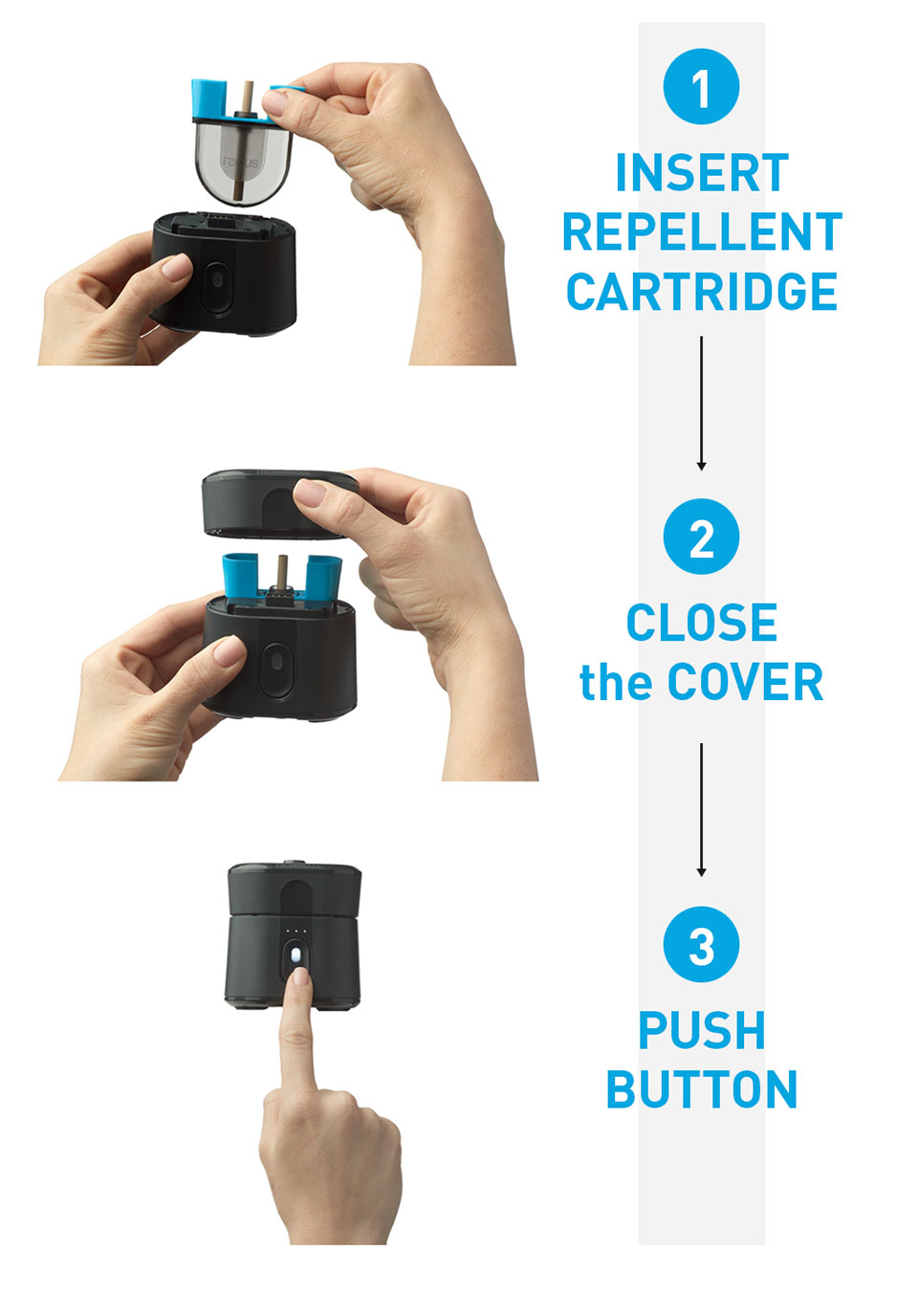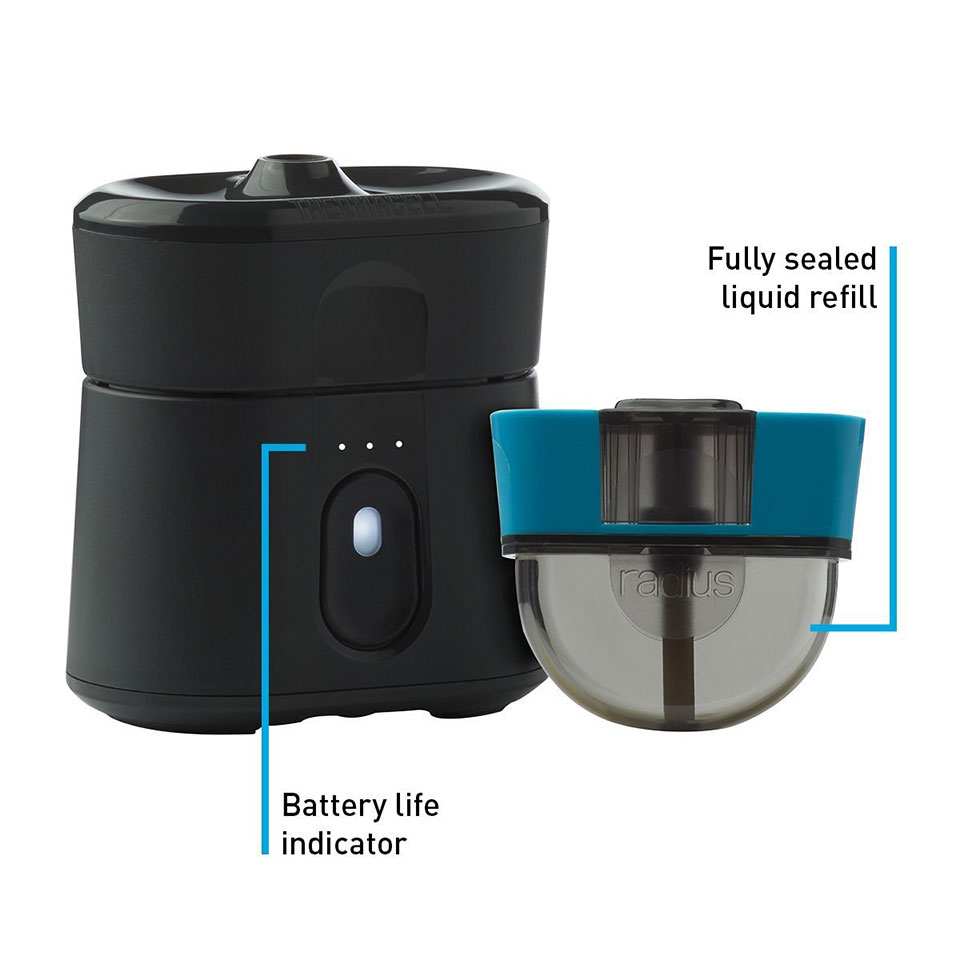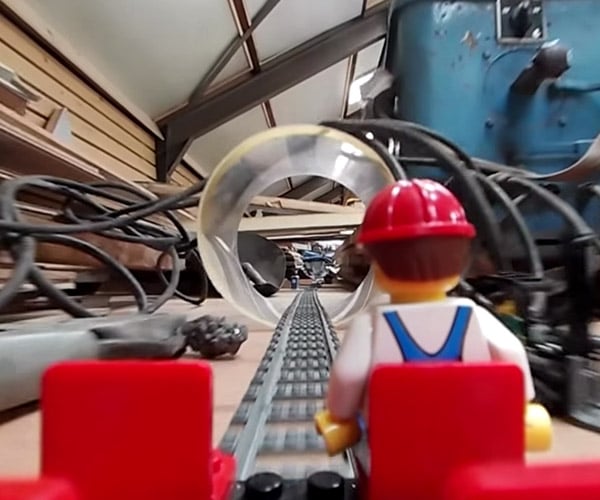They say you become just like the company you keep. Therefore, picking and choosing friends is one of life’s most underrated skills.
Friends make or break you. The right group of friends will help you get through life and succeed while the wrong ones will hold you down and potentially destroy you.
Moving through life, you’ll encounter countless people, many of whom you will call your “friend” at one point in life. Unfortunately, not every friend stays. In fact, the average length of a friendship is said to only be around seven years.
Most often, friends come and go but there are few who stick around for better or worse.
Not everyone who sticks is good for the relationship. Sometimes you must make the difficult choice of removing toxic people for your personal well-being.
Recognize these five signs to help you make this choice.
You Feel Drained Each Time You Hang Out

When you’ve been friends for a while, you’ve likely had your fair share of good and bad moments. Friends are there for you during bad times and vice versa. But this doesn’t excuse friends who always seem to suck the energy out of you every time.
Friends like these are toxic. They are usually negative, judgmental, and seem to be using you as a personal therapist to deal with their issues. This is extremely draining.
Cut these types of “friends” off before their negativity rubs off on you. Have some respect for yourself. You are not a personal punching bag.
See Also: 8 Types of Toxic Friends That Are Holding Your Happiness Hostage
You Can’t Compromise on Personal Values
It’s necessary to have friends from all walks of life because they offer you different views and help you grow. However, there are friends who you will never see eye-to-eye with.
Initially, it may not be a problem dealing with these friends but as you move further in life, your personal differences may just be too big to ignore.
Compromising on things like what to eat or what to watch is one thing. But when you are dealing with differences in life choices, you can’t afford to be with someone who contradicts you too often.
You’re the Only One Doing the Work
It takes two to tango. Otherwise, you’re just dancing with yourself. The same theory applies to friendship.
When you start realizing that you’re the only one making any effort to hang out or talk, that’s a red flag that your friend doesn’t value your friendship as much as you do.
Life happens and sometimes we become busy and burdened by responsibilities. True friends will try to spend time with you. If they can’t do that, then it’s best to move on.
You Can’t Be Yourself Around Them
It can take a while for people to become comfortable. When you met your friends for the first time, you probably felt wary at first but once you gained each other’s trust, it was smooth sailing.
But if there are still people you don’t feel comfortable with even after knowing for a while, you should move on.
You can’t develop good chemistry with everyone. And it’s not a true friendship if you can’t be yourself around them.
One of You Develops Unrequited Romantic Feelings

This is the toughest friendship to end because neither of you did anything wrong unless you count “catching feelings” wrong. When you or your friend becomes hopelessly smitten but the other doesn’t reciprocate, it becomes an awkward situation.
This is painful because you are ending what was once a great friendship.
Holding on will only be more tragic. Save yourselves from future drama and quit while you’re ahead. Maybe, when feelings aren’t as hot anymore, you can rekindle your friendship.
Identifying which friends to keep is a tough process but keep in mind these key points. Chances are, you are already subconsciously doing it. Being more aware of your feelings towards your friends and relationships can help you refine the company you keep.
The post 5 Signs You Need to Start Removing Toxic People appeared first on Dumb Little Man.

via Dumb Little Man – Tips for Life
5 Signs You Need to Start Removing Toxic People










